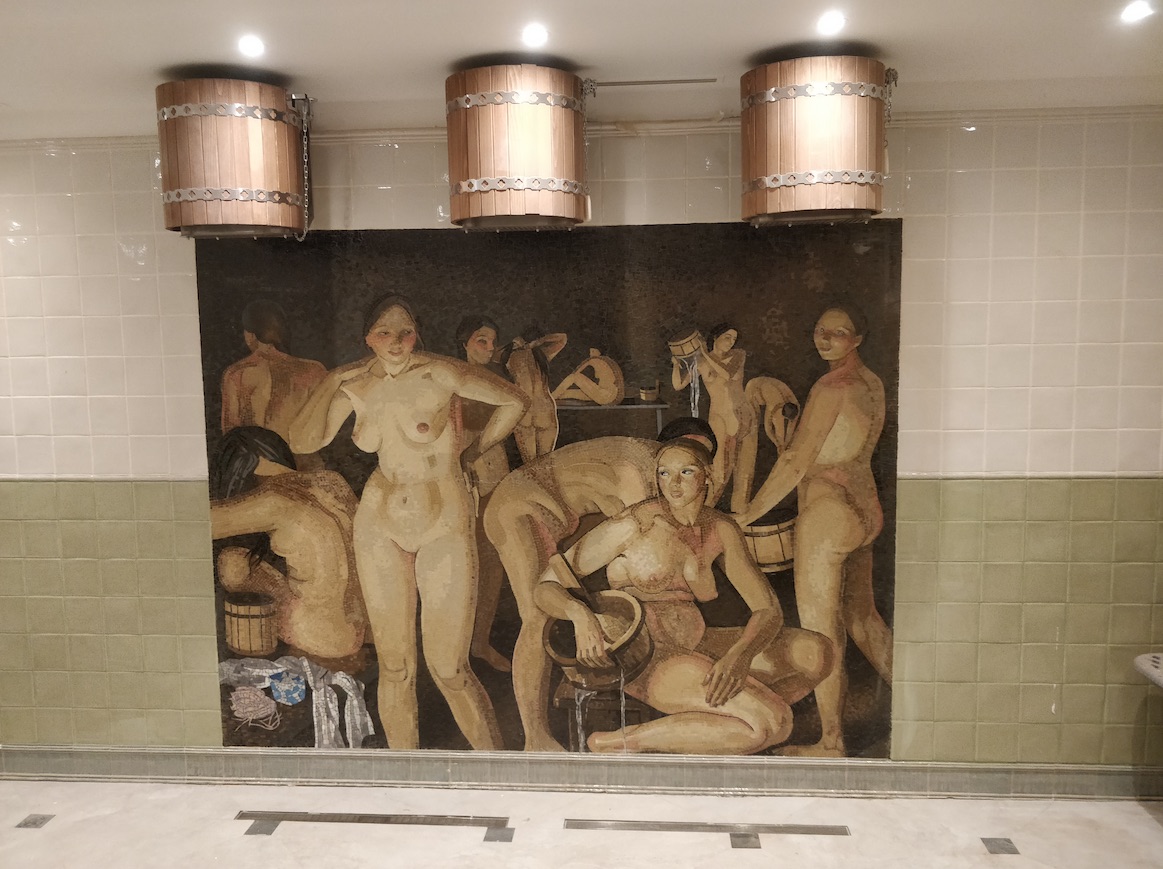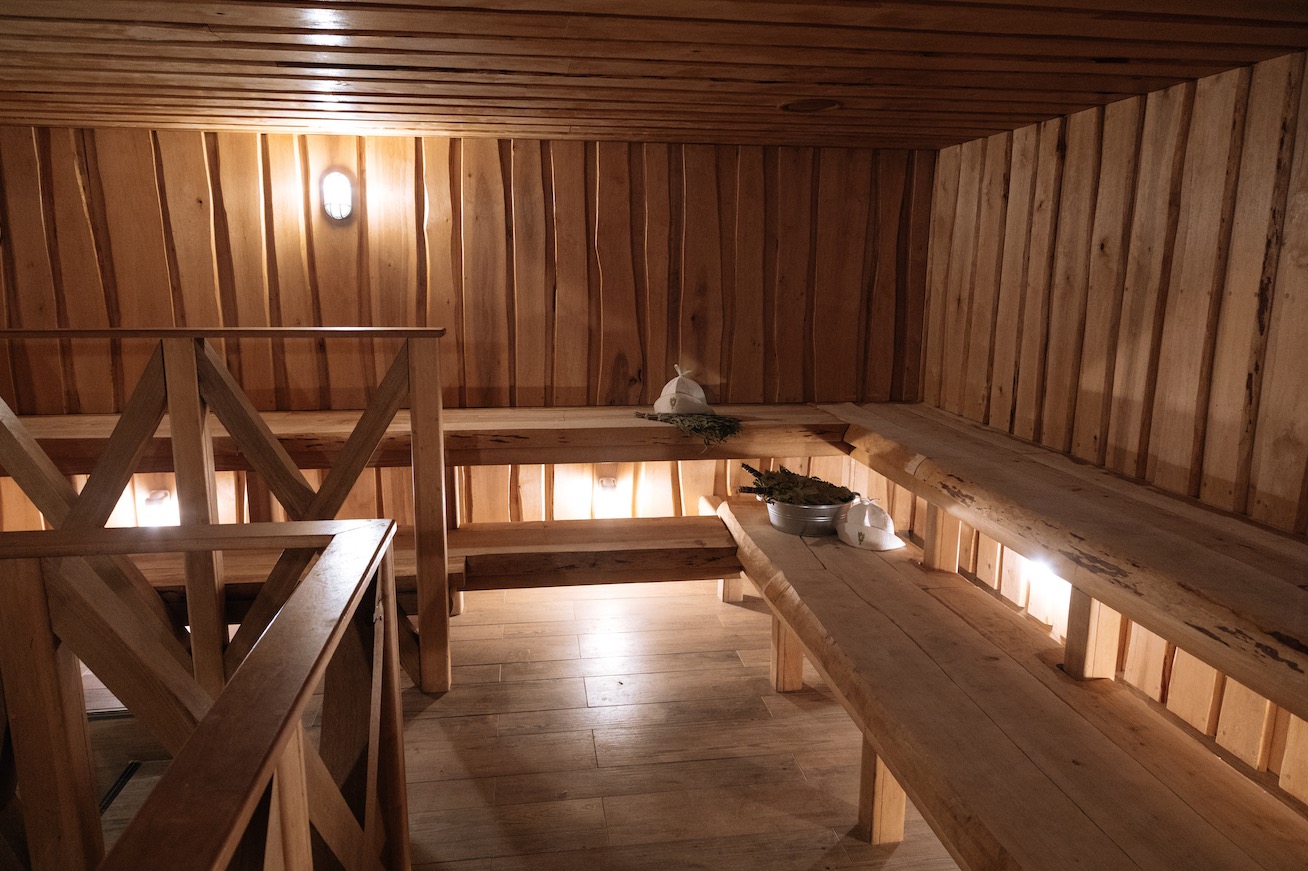Inside London's new authentic Russian banya: The Bath House

A Russian bath house has opened in the heart of London with one mission – to change Brits’ mindset of what spa is. The Bath House, which opened in Belgravia in December 2019, blends a traditional Russian banya – public steam bath with wood stove – with elements of a contemporary spa to deliver a completely different type of wellness experience to city-goers.
Professional Beauty’s deputy editor Amanda Pauley heads to The Bath House to find out what’s special about the service and give you the lowdown on how it could impact the UK spa industry.
What are the health benefits of a Russian banya?
As an important part of Eastern Slavic culture, the banya not only brings a sense of heritage and authenticity to The Bath House, but makes it feel accessible to all – in Russia, bathing is a social affair, with an emphasis on experiencing the high heat with loved ones and friends. “Banya is the perfect antidote to intense, hectic and urban lifestyles, offering a social, respectful and immersive cultural experience,” says spa director Robert Procopé.
The 5,500sq ft Russian banya The Bath House is situated in a Grade-II listed building which used to be a bank and has two formats – a public area downstairs and a private space upstairs (which can be hired by a group of 10). Both include the banya (public steam bath with wood stove), steam rooms, tipping buckets, plunge pools, showers and changing rooms. The spa offers ladies and men-only days, as well as mixed sex days, and there’s not an essential oil in sight.

Why open The Bath House in Central London?
“I have Finnish heritage and lived in Russia in my 20s, so I’ve always loved the banya culture, and I felt there was a real appetite for it in London. In the past 10 years, there’s been a massive influx of Russians emigrating to the city, and for many, this service is a very nostalgic thing. London also has its own rich history of bathing houses, and this is just a new way for Brits to experience the tradition.”
Although The Bath House isn’t the first Russian banya in London, Procopé believes it will stand apart from the others, as well as the city’s more high-profile spas, by delivering “the best and most authentic bathing experience in the area”.
He explains: “The steam room is the heart of the business, so not only have we bought authentic Russian stoves and lined the walls with wonderful mosaics depicting artist Zinaida Serebraikova’s famous pictures of ladies bathing, but we’ve sought out the best specialists to deliver parenie, too.”
What makes the parenie ritual such an interesting spa treatment?
No visit to a Russian banya is complete without the ritual of parenie – an invigorating thermal treatment using fragrant bundles of birch and oak leaves (called a venik) that are soaked in hot water to massage the body, performed by a therapist (known as a banshik) in a hot steam room.
The 15-minute ritual captures the steam in the veniks and drives it down into the body, helping to promote weight loss, remove harmful toxins, improve metabolism and rejuvenate the skin.
“Your banshik is the central figure to the whole banya experience because they understand how to curate the treatment to each person’s physical and emotional needs,” explains Procopé. But, because banya is less understood in the UK, recruiting specialists proved to be the most difficult part of opening the spa.
“There aren’t many therapists in the UK with the skills needed for banya, so I’ve hired three Russian banshiks and I’m getting them to train our other therapists in how to deliver parenie,” he says. “In Russia, there are institutes where people learn these techniques as well as competitions where people battle it out to be named the best banshik in the world.”

How will The Bath House get first-timers to try the banya?
Despite many Russians coming back to The Bath House regularly since its opening, the focus for the rest of this year will be on getting more novices into the spa and securing their repeat custom.
“Although clients are now more aware of alternative spa treatments, and some work has already been done in London to build awareness around banya, we need to take more of an educational approach in our marketing to entice people in,” says Procopé.
“We’ve found that novices really need to be guided through the process. For example, many guests don’t realise that they need to acclimatise their body to the heat – [a process of entering the sauna for a set time, followed with a cold shower, tipping bucket or dip in the plunge pool, and repeating this routine as much as needed] – before having parenie; or that they need to wear a felt hat during the entire experience to help regulate their body temperature.”
The team is working on booklets that will explain what to do when visiting to help ease first-time nerves, as well as encouraging clients to take their time to linger post-treatment as it should be a social experience. “You don’t just have a treatment and go; the banya is about connecting to people, which is why we have food and drink and relaxation areas, which you can use as many times as you like,” he says.
What do you make of The Bath House? Leave your comments below.


